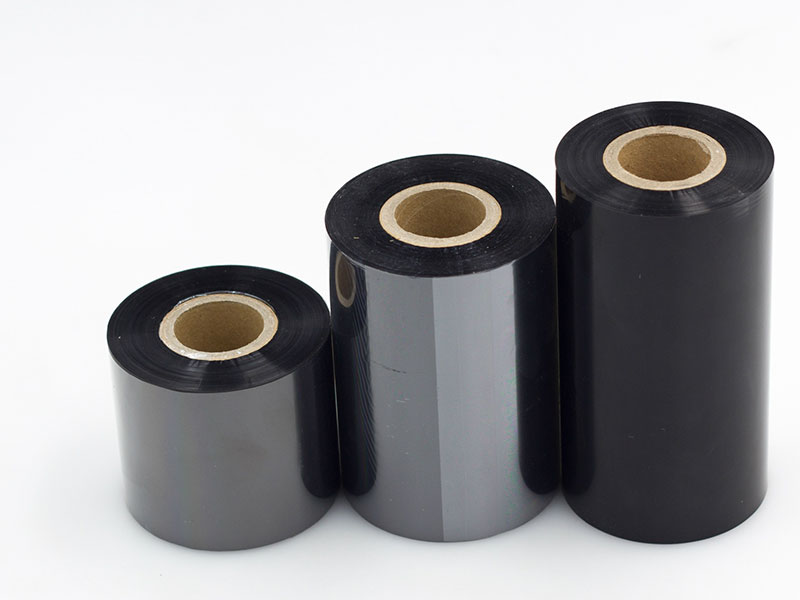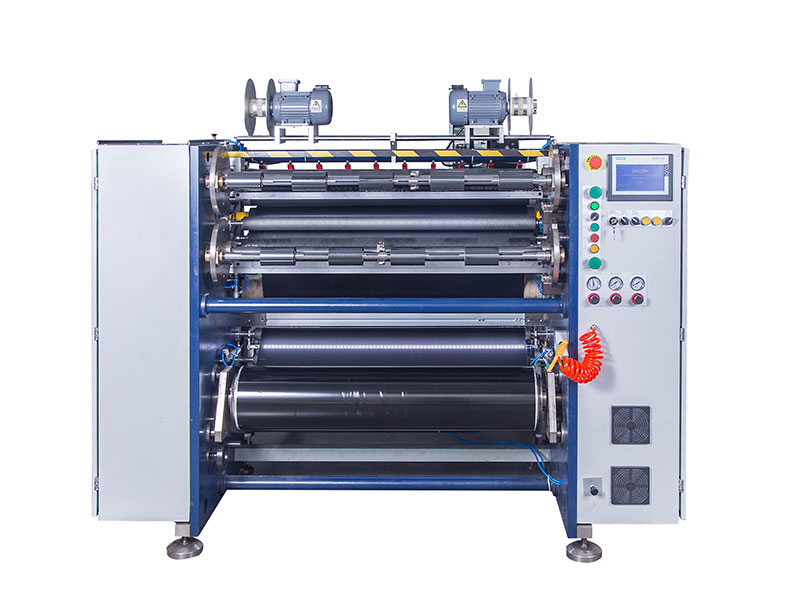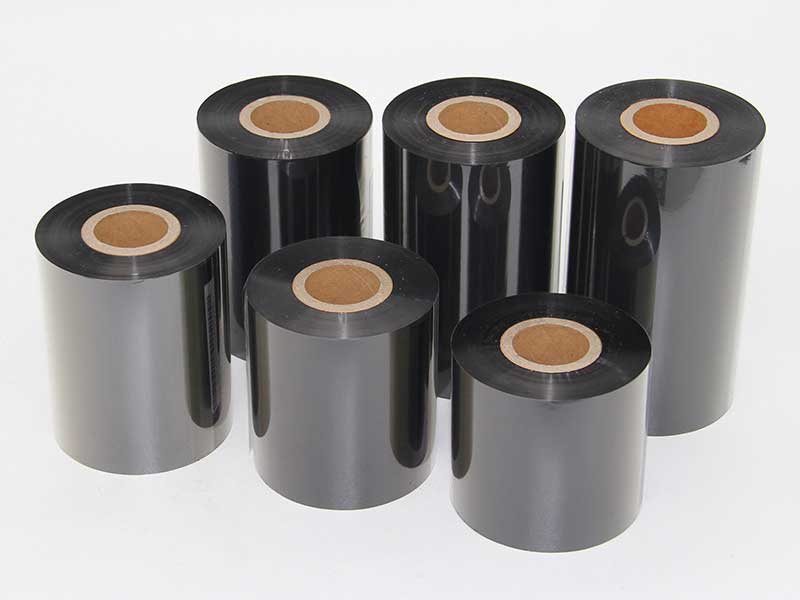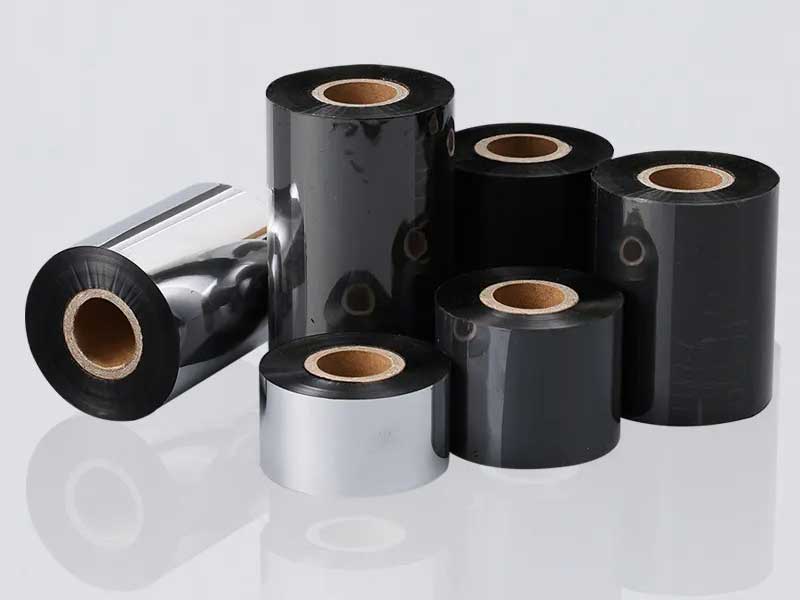The ribbon slitting machine is a key equipment in the thermal transfer printing industry chain, mainly used to cut the large width of the original ribbon (large roll) into various small rolls of specific width according to the terminal printing needs. The growth of its market size is not an isolated phenomenon, but a direct reflection and inevitable result of the booming demand in downstream applications.
This analysis will delve into the core downstream demand factors driving the growth of the ribbon slitting machine market.

1. Core drivers: the explosive growth of demand for labels and variable information printing
The demand for ribbon slitting machines is almost entirely determined by the end application of their downstream product, ribbons. Ribbon is the core consumables of thermal transfer printing technology, which is used to print text, barcodes and images on labels, bills, packaging and other materials. Therefore, the demand drivers can be attributed to the following:
1. Retail and Logistics Industry: The "Label Revolution" Driven by E-commerce
• E-commerce explosion and smart logistics: The continued boom of e-commerce is the single biggest driver. Every online order means that at least one express order, one product label, and one warehouse management label are required. These labels need to contain variable information (e.g., order number, consignee, barcode, QR code) and are required to be printed clearly, durable, and scratch-resistant, with thermal transfer printing being the best choice.
• Automated warehousing and traceability: Modern logistics warehouses and intelligent manufacturing workshops are highly dependent on WMS (warehouse management system) and ERP systems, and almost all materials, shelves, and products are labeled with barcodes/RFID to achieve automated sorting, warehousing, inventory, and traceability. This creates a huge demand for label printing.
2. Manufacturing: Rigid requirements for product traceability and process management
• Product quality and safety traceability: Especially in industries such as food, pharmaceuticals, auto parts, and electronic products, national regulations and industry standards have increasingly stringent requirements for product traceability. "One thing, one code" has become the norm, and every link from raw materials to finished products requires identifiable labels to record information.
• Lean Manufacturing and MES Systems: The popularization of manufacturing execution systems (MES) requires real-time visualization of work-in-progress, working hours, equipment status and other information in the production process, most of which are identified and collected through on-site printed labels.
3. Medical and health: safety and precision are paramount
• Patient Identification and Sample Management: Medical scenarios such as wristbands, test tube labels, and drug labels have high requirements for label accuracy, durability, and chemical resistance (e.g., alcohol disinfection). Thermal transfer printing with resin-based ribbons is a standard solution.
• Compliance and traceability: The global implementation of UDI (Unique Device Identification) regulations for medical devices and pharmaceuticals, which mandates that product labels must contain a traceable and unique code, has significantly stimulated the demand for printing equipment and consumables.
4. New Retail and Consumer Goods: Upgrades in Experience and Marketing
• Transparent supply chain: Consumers increasingly want information about product sources, ingredients, production dates, and more. Beautiful labels and QR codes become the bridge between brands and consumers.
• Personalization and Small Batch Trends: The increasing demand for short-edition, variable data printing, such as promotional labels, limited edition labels, and seasonal labels, has driven the development of print-on-demand, thereby increasing the demand for slitted ribbons.

2. How is downstream demand transmitted to the ribbon slitting machine market?
The strong demand in the downstream industry is not directly purchased for slitting machines, but is transmitted through the following paths:
1. Increasing End-User Demand → Surge in Label Printing.
2. Surge in label printing → The demand for printing supplies (ribbons) has grown in tandem.
3. The demand for ribbons has increased by →
◦ Ribbon manufacturers expanded production: Existing ribbon manufacturers needed to expand their production capacity and purchase more slitting machines to increase production.
◦ New player entry: The market outlook attracts new consumables producers who need to purchase basic slitting equipment.
◦ Product diversification: Downstream application scenarios are becoming more complex (such as high temperature resistance, corrosion resistance, and other special needs), requiring more ribbon types (wax-based, mixed-based, resin-based) and specifications (width, length). A slitting machine can often only efficiently handle specific types and specifications of slitting tasks, so manufacturers need to purchase more, more professional and more efficient slitting machines to meet the needs of small batches and multi-variety orders, which directly increases the sales and upgrading needs of slitting machines.
4. Efficiency and Cost Pressures → Label printers or large end users may choose to purchase large wide ribbons for self-slitting in order to reduce costs, which also constitutes part of the market demand for small and medium-sized slitting machines.

3. Other auxiliary drivers
In addition to direct downstream demand, the following factors also played a role in boosting:
• Replacement needs for technological upgrading: Old, low-speed, and poor precision manual or semi-automatic slitting machines can no longer meet the requirements of modern production for efficiency and quality, and are being replaced by fully automatic, high-precision, intelligent slitting machines with visual inspection systems.
• Regional shift in the industrial chain: The global ribbon and printing consumables industry chain is concentrated in the Asia-Pacific region, especially China. China has become the world's largest production and consumer market, and the rise of local equipment manufacturers has stimulated market demand by providing more cost-effective slitting machine options.
• "Industry 4.0" and intelligence: Downstream ribbon manufacturers themselves are also under pressure to upgrade intelligently. Intelligent slitting machines that can be connected to the Internet of Things (IoT), realize data monitoring, remote operation and maintenance, and reduce manual dependence are more popular, driving the equipment upgrading market.
Conclusions and prospects
The growth of the ribbon slitting machine market is essentially the embodiment of the general trend of social digitalization, online consumption, and industrial intelligence in the basic manufacturing process. Its core driving force comes from the huge and continuous growth demand for variable information identification in downstream retail, logistics, manufacturing, medical and other industries.
Future Outlook:
1. Strong demand sustainability: As long as the general trend of e-commerce, intelligent manufacturing, and product traceability remains unchanged, the market demand for ribbon slitting machines will maintain steady growth.
2. Obvious technical orientation: Market competition will shift from "have" to "good or bad". Slitting machine manufacturers that can provide higher slitting accuracy, higher production efficiency, lower scrap rate, and more intelligent operation and maintenance solutions will gain greater advantages.
3. Highlights the need for customization: The fragmentation of downstream applications will be transmitted to the equipment side, requiring slitting machine manufacturers to provide more flexible and customizable solutions to adapt to the slitting needs of different materials and special specifications.
All in all, although the ribbon slitting machine is a "small" equipment in a subdivided field, its market pulse is closely linked to the "big" trend of the macroeconomy, and it is a unique window to observe the modern supply chain and digitalization process.

it uses precise cutting to cut out a more economical, more efficient and more environmentally friendly development path for enterprises.
29. December, 2025
Modern high-quality ribbon slitting machine combines automation, intelligence and high precision:
29. December, 2025
Through precise local upgrading, process optimization and intelligent transformation, small and medium-sized enterprises can achieve a great leap in production efficiency with limited resources.
29. December, 2025
The portable ribbon slitting machine, with its exquisite body, leverages the deep transformation of the traditional production and service model.
26. December, 2025
It's not just a superposition of features, but an art of finding a fine balance on the edge of a sharp blade.
26. December, 2025